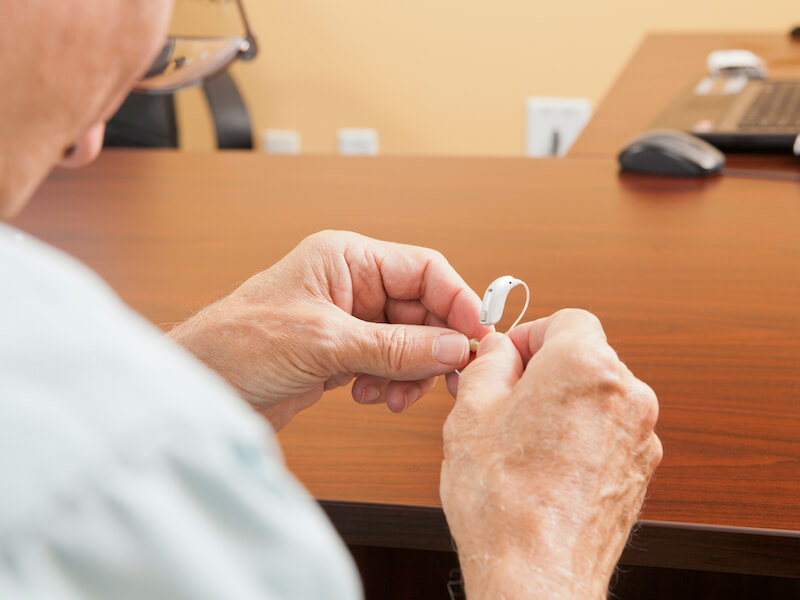
You go out of your way to make sure your hearing aids are well taken care of. When you go to bed, you always put them snuggly on the charger and you clean them every day.
But you get pretty discouraged when your hearing aids suddenly stop working the way they did once. Fortunately, there are a few steps you can take to diagnose the issue. Just don’t forget: your main job is to avoid damaging your hearing aid further (or you may need to replace them).
Troubleshooting your hearing aid
Of course, when you first got your nice new hearing aids, you made a point of putting the owner’s manual in a safe place. You’ll want to pull it out so you can utilize it for troubleshooting and, possibly, maintenance. Following your owner’s manual is crucial because every model of hearing aid is different.
Here are some things you can check on most models:
- Look for visible damage: Does your hearing aid have any apparent loose components or cracks around its shell? Cracks, clearly, could indicate more extensive damage (or allow in moisture).
- Keep your microphone clear: Check for anything blocking the microphone of your hearing aid. Your hearing aid might feedback or simply fail to work if the microphone is obstructed.
- Check your battery: Even if you know your hearing aids spent the night on the charger, you’ll want to double-check the battery power. It may be a good idea to check if you might need new batteries or if the old ones are correctly inserted, particularly if your batteries are replaceable.
- Wax buildup: Be certain that there’s no wax on your hearing aid by giving it a visual check. Even if you perform regular cleaning, sometimes wax can build up quickly, so it’s worth checking this off your list.
Once again you can discover how to deal with each of these issues by referring to your owner’s manual. Self-maintenance is sometimes possible.
How will I know when my hearing aid requires repair?
Your hearing aid will most likely need to be repaired professionally if you do routine maintenance and it still malfunctions. That might not always sound desirable, after all, you depend on your hearing aid for day-to-day communication (along with dinners with your family, keeping up to date with your favorite Netflix series, and so on).
It’s definitely worth noting that “repair” doesn’t necessarily translate into “mail your hearing aids in for service and wait a few weeks”. In some instances, we can repair your hearing aid in office while you wait.
Or, depending on the level of the damage, you could get your hearing aids back in a few hours.
There are still some instances where such quick repair isn’t possible. A backup set of hearing aids may be necessary in these situations. Perhaps you have an old pair that will do temporarily in a pinch. Or maybe we have a loaner pair you can borrow.
Get help with your hearing aids right away
It’s crucial to get your hearing aid assessed and repaired if you begin to notice the sound quality is beginning to falter.
Any degree of downtime should be prevented. Neglected hearing loss can impact your overall health, and that includes your mental health. And it becomes all too easy to leave your hearing aids sitting in a drawer somewhere while your hearing continues to decline.
Keeping those hearing aids in excellent working order is the key to keeping your hearing healthy. And the best way to do that is to clean them, keep them charged, and, when needed, take your hearing aids to get some professional help.
